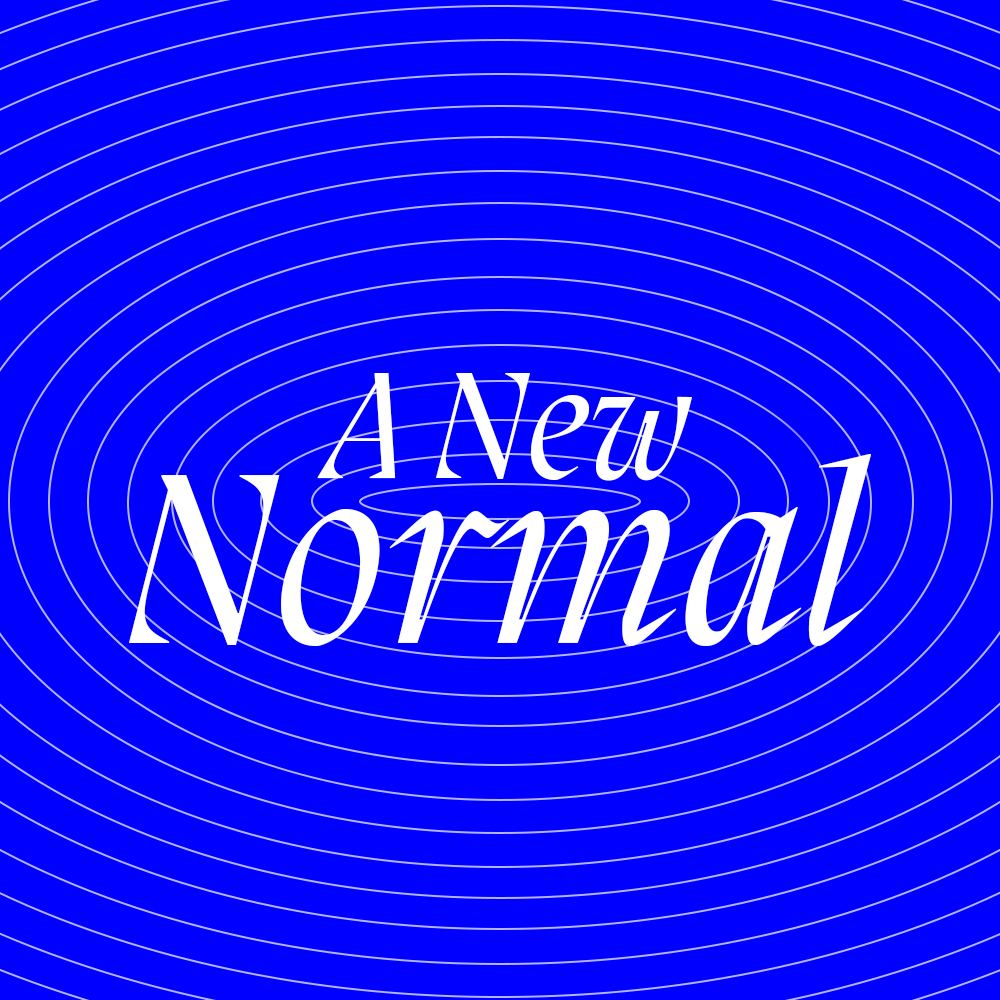Sorry for that title… I know we are all beyond annoyed with its overuse. But please read on.
SHOULD WE CONFORM TO “AVERAGES” AND DESIGNING FOR THE WHOLE POPULATION OR SPECIALIZE OUR DESIGN SOLUTIONS?
I’m sitting here trying to debate in my head whether it is better to design for an entire population or design for specific needs. Reading the content from this week has me conflicted. The 99 Percent Invisible episode discusses the importance of addressing the specific needs of individuals. We are all so complex and cannot be narrowed or averaged. However, Sara Hendren stresses the importance of not confining design solutions for disabled populations because they can provide rich experiences for all people. I am intrigued by her question posed in All Technology is Assistive, “How might designers and artists engage these myths about what’s normal, and make more visible, critical, and expansive technologies?”
So my follow-up question is…
WHAT ALTERNATIVE MODELS OF INSPIRATION MIGHT WE FIND IF WE REMOVE OUR FILTER OF “NORMAL” OR “AVERAGE”?
As humans, we love specializations. We love it in our work, our relationships, and our hobbies. As designers, I think we (or at least I) fall into the trap of highly specialized design solutions. It is almost always easier to narrow a scope to a specific population and design solutions for them. This is even a principle we are taught in design school.
For 18 months we have been designing with this filter of a new normal returning… but what if we didn’t imagine a future where there is a return to what we once knew? What if that perceived “normal” is gone and we view the world as we see it today? What problems exist today? Designing within these limitations might lead to the interesting and rich discoveries Sara Hendren discusses in the design of Navy splints leading to the Eames famous modern design aesthetics.

